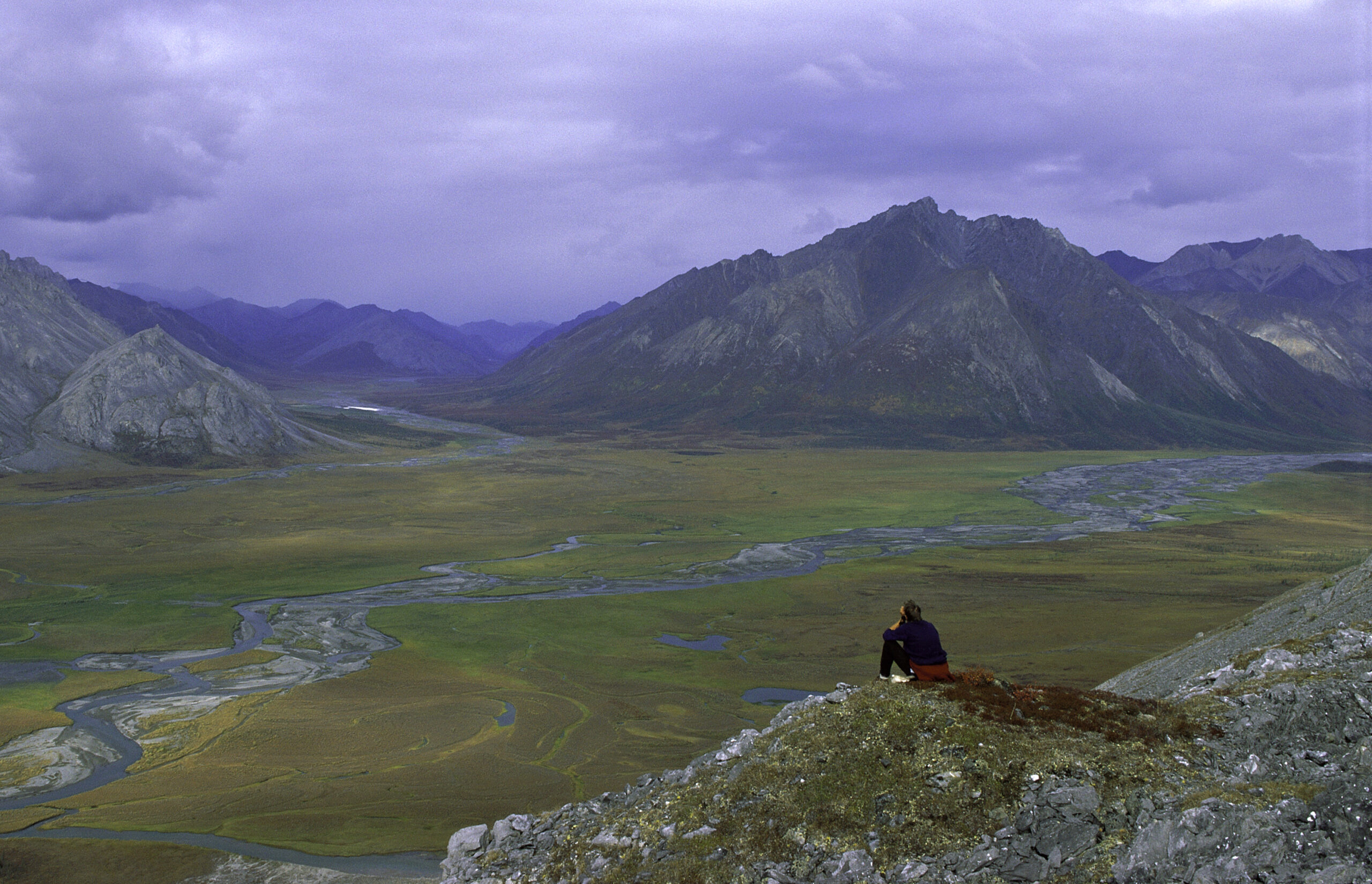
expeditions made fewer
major discoveries
introduced fewer
innovations, lost more ships,
and had more explorers die.
Throughout the nineteenth century, Arctic exploration dominated popular culture in Europe and America, much as space exploration did in the twentieth century. Both quests involved competitive races for major geographic prizes; both led to fame and honors for the returning explorers; and both had their share of death and disaster, sometimes leading to calls for cessation of the efforts.
Yet there is a key difference between the two waves of exploration. The twentieth century space race involved primarily the bureaucracies of two national governments, while the nineteenth century polar expeditions were undertaken by both private organizations and national governments. Because the expeditions all involved common goals, prospective rewards, and penalties, we are immediately led to a question familiar to readers of this column: How well can the private sector perform a function traditionally conceived as the natural province of the government? According to recent research by Jonathan Karpoff (2001), the answer for Arctic exploration appears to be: Better than the government itself.
Government-sponsored polar expeditions tended to be larger and better funded than private expeditions. Yet by most measures, the government expeditions fared poorly. They made fewer major discoveries, introduced fewer technological innovations, were subject to higher rates of scurvy, lost more ships, and had more explorers die.
There were four major goals of nineteenth century polar exploration: the discovery and navigation of the Northwest Passage (connecting the Atlantic and Pacific oceans via a northern route); reaching the North Pole; traversing Greenland; and discovering the fate of the lost John Franklin expedition of 1845. A private expedition was the first to navigate the Northwest Passage and another private group was the first to cross Greenland. Yet another private venture discovered the fate of the Franklin expedition.
The sole portion of a major Arctic prize that can be credited to a publicly sponsored expedition is the initial verification that a Northwest Passage exists. And even in this case, four of the 66 crew members died, and the rest were near starvation when rescued by another expedition.
Not only did private expeditions yield more success; they did so more safely and at lower cost. For example, an average of six crew members died on each public expedition, compared to an average of only one on private expeditions. Moreover, public ventures lost ships at twice the rate of private ventures, and suffered from debilitating scurvy at nearly four times the rate of private expeditions. And private expeditions used far fewer crew members and less vessel tonnage.
It might be thought that these differences were due to confounding factors. It is possible, for example, that public expeditions concerned themselves more with “minor” discoveries that yielded less spectacular, but still socially important outcomes. Alternatively, public ventures might have been directed at the riskier, more difficult challenges eschewed by private expeditions. Neither of these conjectures is borne out by the facts.
Karpoff uses the records of 92 different expeditions to examine statistically a wide variety of success measures. He finds that private expeditions were more effective—indeed, about five times as successful—regardless of the measure used. Moreover, he is unable to find any evidence that public expeditions undertook riskier or more difficult projects than did private.
What, then, accounts for the superior performance of the private sector? The fundamental—and often fatal—disadvantage of public expeditions was that they were often initiated and organized by individuals different from those ultimately appointed to command them. Thus, the key planners often lacked the incentives to plan correctly. And even though the actual leaders of public expeditions had strong incentives to do well (if only to survive), they were often saddled with crews, ships, or plans that made success unlikely. In contrast, private organizers generally led the expeditions themselves—and so bore the full brunt of the decisions they had made.
The consequences showed up in a variety of contexts. First, private leaders undertook far more extensive preparations. Second, they uncovered and exploited information that was crucial to success. For example, private explorers routinely utilized native sealskin clothing, while public ventures stuck with far less protective wool garments. Private ventures also learned native techniques of shelter construction and overland travel, while public expeditions used tents and largely eschewed dogsleds, skis, and snowshoes. Third, the privately funded expeditions acted on the widely recognized fact that small parties were better able than large parties to move quickly and support themselves in the Arctic. Governments, in contrast, continued to mount fatally large expeditions up until 1875.
Overall, Karpoff concludes that “men died and ships were lost not because of the public nature of the funding per se, but rather because of the perverse incentives, slow adaptation, and ineffective organizational structures that frequently accompanied public funding.” Of course all of this refers to events of a century or more ago. I shall leave it up to the reader to decide whether there is a message here for today.
REFERENCE
Karpoff, Jonathan M. 2001. Public versus Private Initiative in Arctic Exploration: The Effects of Incentives and Organizational Structure. Journal of Political Economy 109(11): 38–78.
Daniel K. Benjamin is a PERC senior associate and professor of economics at Clemson University. His regular column, “Tangents-Where Research and Policy Meet,” investigates policy implications of recent academic research. He can be reached at: wahoo@clemson.edu



